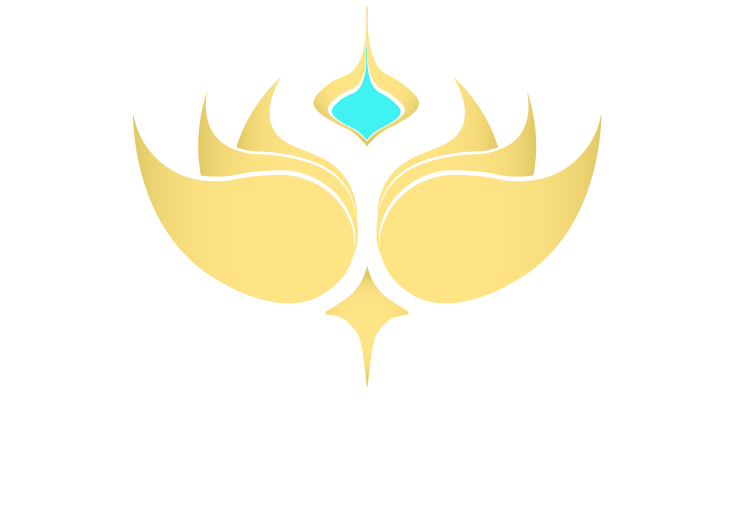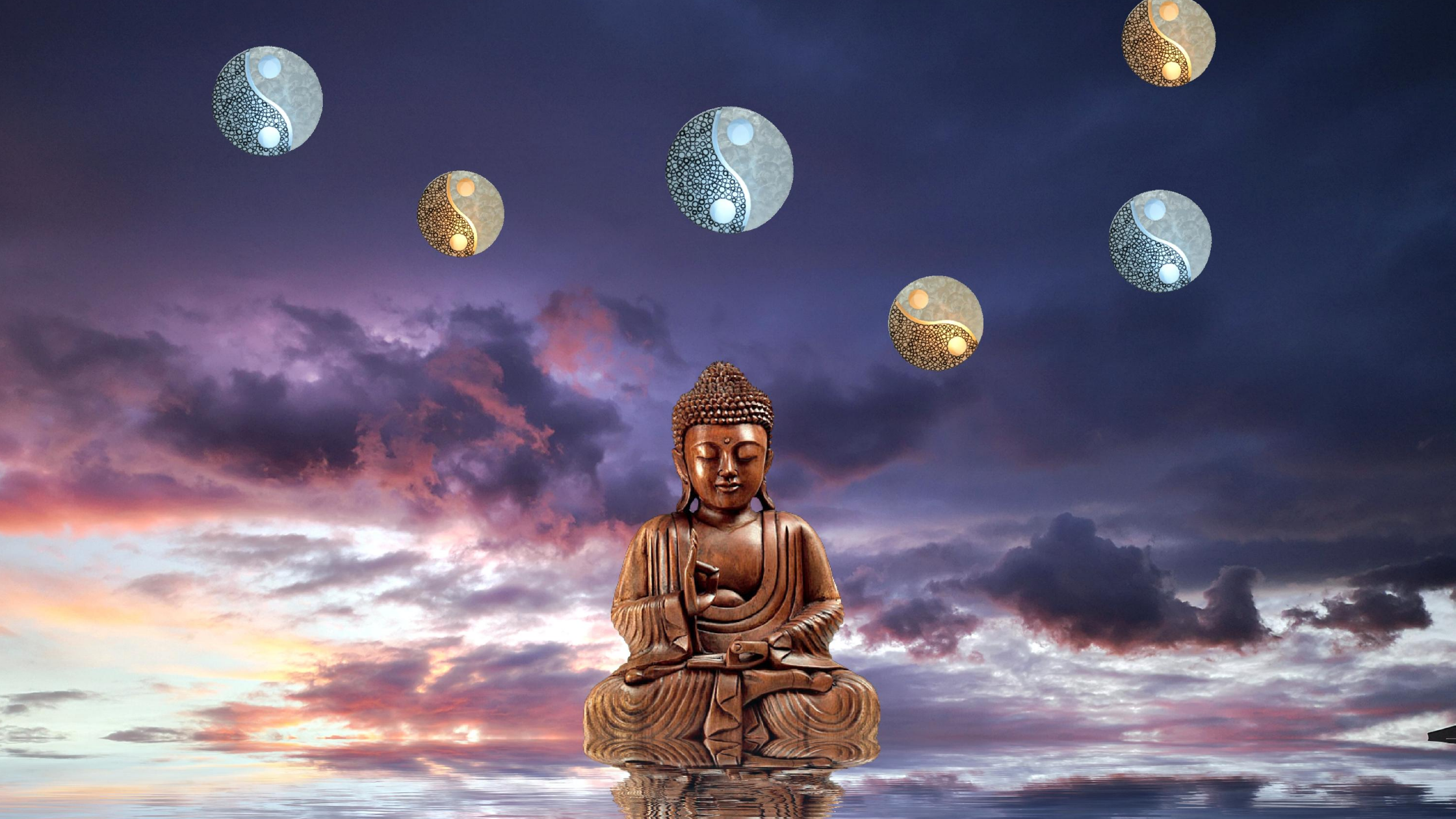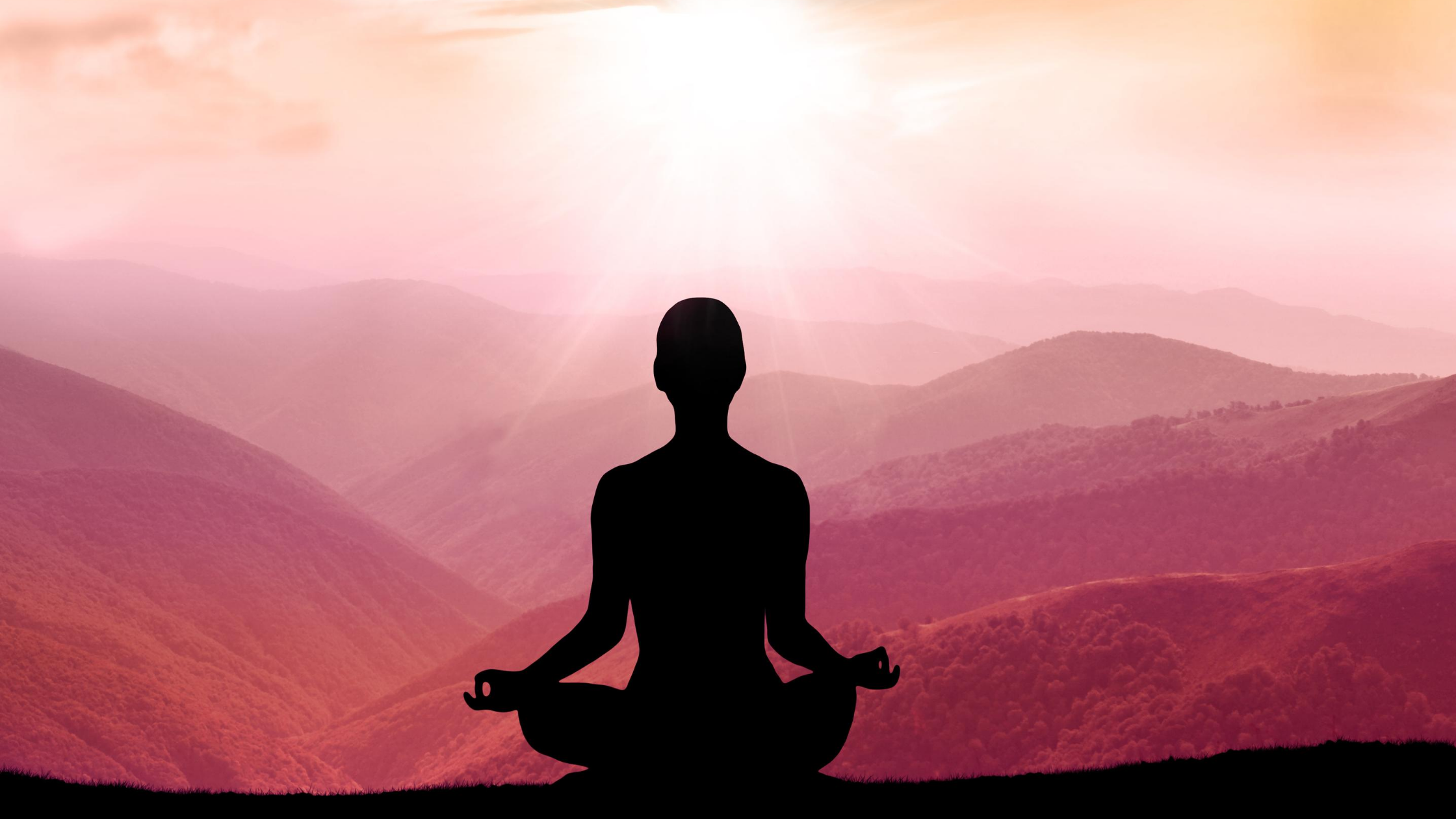
FERTILITY & WELLNESS BLOG
Body Awareness: A Vehicle to Reproductive Wellness?
Chinese medicine is rooted in Taoist philosophy. Taoism literally translates as “The Way”. “The Way” refers to the way of nature and balance which is symbolized beautifully in the yin and yang. The idea is that if everything is balanced, optimal life force is able to thrive. This can be seen in all of nature and is reflected in all living things on earth.
Chinese medicine is rooted in Taoist philosophy. Taoism literally translates as “The Way”. “The Way” refers to the way of nature and balance which is symbolized beautifully in the yin and yang. The idea is that if everything is balanced, optimal life force is able to thrive. This can be seen in all of nature and is reflected in all living things on earth.
The symbolism of yin and yang shows two opposing forces which turn into one another and are interdependent. If there was too much sunlight, plants would dry up – too much rain, they would get over saturated - too much darkness, they would be deprived of the sun’s energy. Nature is designed to reflect this perfect harmony in order to sustain life.
Our bodies reflect this nature. They are microcosms of the earth’s ecosystem and have their own elements. When those elements get out of control, disharmony arises and can lead to disease or imbalance. This imbalance can show up as hormone disruption, sleep disruption, or menstrual irregularities – to name a few.
Fertility health reflects our overall health. It is a branch that depends on the trunk of our vitality. Fertility can be compared to sprouting, and sprouting can’t occur unless the existing plant has sufficient vitality to sustain the sprout. In order for this to occur, we need to look at what is sustaining the body so that it is optimally primed to support new life.
Not everyone is able to go to an acupuncturist or holistic practitioner, but we are all designed to connect with our body’s needs. Our bodies are programmed to point out imbalances so that we can attend to our own health. This design happened way before anyone made a living as a healthcare provider. While seeing a qualified provider is essential in many cases, I want to point out that we still have power to tune into what our bodies are telling us.
In order to address the imbalance, we need to first observe. One of the easiest ways to do that is through body awareness or interoception. This is our body’s way of signaling us to cool down when it’s hot, to eat when we’re hungry, or to avoid certain foods if they cause a reaction.
This body awareness can increase with time and may need consistent practice, especially if we’ve conditioned ourselves to ignore its cues for many years. Once we begin to sharpen this innate ability, it will open a window into our wellness. It will show us which foods give us vitality, and which foods drains us. It will show us when we’re tired and how to surrender to rest. It will show us when we are over-exercising or under-exercising. It will also show us if what our doctor is telling us is in line with our body’s truth – i.e. it may be time to get a second opinion!
3 Steps to connecting with your body’s intelligence:
1. Meditation
1. Meditation: Meditation is one of the best ways to train your mind to ‘listen’ and tune into your body. It is actually how some people theorize that acupuncture meridians were discovered. Getting quiet helps us tune in to our subtle sensations and get guided by our innate intelligence. Meditation has a very balancing effect – it creates a state of flow which is an optimal state for the body to ease back into balance. There are many types of meditations, one of which focuses on body awareness. Doing so not only reveals what is happening in the body, but it also helps the body to harmonize and reset.
2. Become Mindful
2. Mindfulness: I know, this is often associated with meditation because there is a type of meditation called “Mindfulness meditation”, but mindfulness refers to a deep present awareness that can be carried through into every activity and non-activity throughout the day – including eating. Mindfulness helps us tune into how our bodies respond to conversations and can help us connect with our intuition, which is our inner compass. This intuition has come in handy to many of my patients who have shared that they were guided to get a second opinion when what they heard from their doctor didn’t feel like the right advice to them. And they were proven right as their journey progressed!
3. Yoga
3. Yoga: Yoga brings an immense state of body awareness by moving consciously. It is referred to as ‘yoke’ which unites body and spirit. If spirit is referred to as consciousness, the practice of yoga threads this consciousness into every movement and breath of the body. I often refer to yoga as an ancient ‘intelligent exercise’. It not only strengthens the body, but it also awakens its vitality and consciousness.
Awareness not only helps us tune into what requires balance in our bodies, but it also acts as a lifegiving force. As Tony Robbins says, “energy flows where attention goes”. If you think back, you may notice moments when just your mere attention breathed life into things. Our awareness is more than simply observation, it is charged with life force energy. Just the simple act of noticing can regulate and rebalance.
The key to remember is that our bodies are designed to revert to balance naturally, and one of the ways it does that is to cue us like it does when we are hungry, hot, cold, or tired – we automatically know what to do! Once we tune in to these cues (eating right, resting when we need) and the body is able to align like a lock opening up, reproductive health follows suit and is able to thrive. I have worked with many women both virtually and in my practice. When I am working virtually and am unable to implement acupuncture, we work on awareness and implementing balance through a variety of protocols. I have seen amazing transformation in menstrual cycles and fertility health all due to simply tuning in and working with the body’s amazing intelligence!
Fertility Yoga & Acupuncture: A Winning Combo
Yoga and acupuncture both have deep roots, originating in Asia and dating back thousands of years. Acupuncture is based in Traditional Chinese Medicine, while the foundation of yoga is Ayurvedic Medicine. These two forms of energy medicine have evolved and cross pollinated over the centuries, especially as they’ve moved from East to West. Both yoga and acupuncture focus on healing and maintaining optimal health by removing energy blockages, releasing excess energy and generally supporting good energy flow. Known as qi in TCM, practitioners use various tools such as needles and massage to help move energy along meridian lines in the body. In yoga, the life force or energy is known as prana. Movement, breathing and meditation are used to move energy and create balance in the body.
Shared Origins
Yoga and acupuncture both have deep roots, originating in Asia and dating back thousands of years. Acupuncture is based in Traditional Chinese Medicine, while the foundation of yoga is Ayurvedic Medicine. These two forms of energy medicine have evolved and cross pollinated over the centuries, especially as they’ve moved from East to West. Both yoga and acupuncture focus on healing and maintaining optimal health by removing energy blockages, releasing excess energy and generally supporting good energy flow. Known as qi in TCM, practitioners use various tools such as needles and massage to help move energy along meridian lines in the body. In yoga, the life force or energy is known as prana. Movement, breathing and meditation are used to move energy and create balance in the body.
I have personally witnessed the power of these two forms of energy medicine coming together in supporting women who are trying to conceive. I have 20+ years of experience in the healing arts and for over a decade II have worked with women in a fertility clinic setting. I had the privilege of being involved in the creation of an Integrative Fertility Clinic where I saw firsthand that the women who were supported by both acupuncture and yoga experienced greater success on their fertility journey. The two practices complimented one another perfectly, leaving women feeling nourished and deeply relaxed.
Benefits of Yoga for Fertility
It has been well established that yoga is good for fertility not only physiologically, but also mentally, emotionally, socially, and spiritually. It is a gentle form of movement that is doctor recommended and appropriate as preparation for and support through fertility treatment (and beyond, into pregnancy). Extreme forms of exercise can sometimes harm fertility potential by directing blood flow away from reproductive organs and spiking cortisol levels. Yoga for fertility directs blood flow towards reproductive organs to create a nurturing internal environment for those eggs and embryos. Increased blood flow helps to reduce inflammation, boost immunity, and balance hormones. The cycle-specific yoga videos in the Fertile Hope Yoga library ensure that women who are practicing are confident, knowing that the poses will support them exactly where they’re at. Whether menstruating, stimming, going through an IUI, IVF or FET, during a two week wait, or while on a break, there’s a specially designed practice for each stage of the journey.
Similar to acupuncture, yoga is also an excellent stress reliever. We all know that stress is not fertility friendly and yet struggling to conceive or going through fertility treatment is inevitably stressful. The breathing and mindfulness techniques that are part of yoga help to ground you in the present moment and bring you back to your calm center. Yoga has been proven to reduce anxiety and depression, which can also boost fertility.
Fertility Yoga for All
After establishing an in-person yoga program through the Integrative Fertility Clinic - which saw a 90% success rate in achieving pregnancy among participants of the program - I decided that I wanted to reach even more women and launched Fertile Hope Yoga in 2019. FHY is an entirely online yoga studio which allows anyone from anywhere to access beginner-friendly, cycle-specific yoga for fertility anytime! Because of its accessibility, doctors recommend my program to their patients especially where other forms of support such as acupuncture might not be available and during clinic shutdowns during the pandemic. Something that I say often to my students is that even when so much of the fertility journey is out of your control, focus on what you can do for your fertility such as yoga.
FHY is so much more than just yoga; it is also a strong community that supports and encourages each other every step of the way. Together we work on releasing fear, building confidence and cultivating a positive mindset. I am proud to lead a global community of women who are each walking their unique fertility journey but who come together through their shared dream of becoming mothers.
There is no such thing as too much support on the fertility journey. The challenges and heartbreak are real, but so is the hope that keeps you putting one foot in front of the other. Whether it is the support of acupuncture, yoga or both, know that your amazing body is capable of so much healing and growth, and you do not have to walk this journey alone.
For more information about Fertile Hope Yoga, and to get a free nurture yoga for fertility course, visit www.fertilehopeyoga.com.
Erin McCollough
Founder, Fertile Hope Yoga








